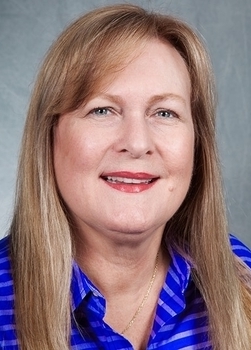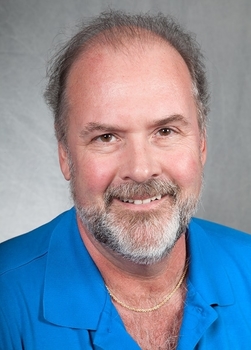“The Sound of Silence” (originally titled, “The Sounds of Silence”) was written by Paul Simon, recorded by Simon and Garfunkel in 1965, and covered in 2015 by the band Disturbed. The premise of the song, according to Art Garfunkel, is the inability of people to communicate with each other in a meaningful way, resulting in, as the lyrics state:
“People talking without speaking
People hearing without listening
People writing songs that voices never heard
No one dared
Disturb the sound of silence”
In addition to my amazement that 50 years passed between Simon and Garfunkel’s famous song and Disturbed’s excellent new version, the song’s meaning took on a new importance for me as a result of a meeting David and I attended recently. As a participant in this meeting, I witnessed, first hand, the LOUD sound of silence being played out in front of me. There were only three people in attendance: David, the person with whom we were meeting, and me; however, the sound of silence was deafening. When I tried to speak, no one paid me any mind; my words fell on “deaf ears.” When David attempted to interject a few words, he was allowed to speak, but there was none of the usual give and take that is a normal part of human discourse. And, when the person hosting the meeting spoke, it was if he was speaking a language different from the one I speak. None of us were able to communicate with one another in a meaningful way, resulting in absolutely nothing being accomplished (except the inspiration for several posts). To quote Paul Simon’s lyrics once again: “Hello darkness, my old friend” was the theme of this dreary, nonproductive experience.
The meeting that inspired this series of posts was not quiet; there was little silence. But, there may as well have been silence because the words being spoken were drifting into the ether with the hot air being expelled as they were spoken. It was a surprising disconnect. I know there were some explanations for the disconnect, but when someone is a low self monitor, he or she does not know to correct course when the conversation is off track. I know this was particularly frustrating for Melissa, who is accustomed to people not only listening to what she has to say, but often paying to hear it! In this case, the other person showed no indication that he understood this detail. Beyond the context of this now infamous meeting, which did actually yield a little marketing or networking benefit to me, the concept of the sound of silence presents itself in an interesting way in our trial consulting work. That is, when the sound of silence is in the form of “dead air” – truly no sound. Dead air may be a pause in a conversation while someone reflects on the topic or question while formulating a response. Melissa talks about dead air silence when she teaches lawyers about jury selection. Specifically, tension arises when the attorney asks a question but the venire members do not immediately respond. Relatively often, the attorney is impatient and fills the silence with his or her own voice rather than letting the silence work for him or her to draw out an answer. This is also true in depositions. As one who has not only been called for jury duty, but selected for a jury, I was astounded at how much the attorneys conducting voir dire filled every silence with the sound of their own voices. In so doing, they failed miserably at learning about the venire. The prosecutor missed an important detail about one of us who was ultimately selected. The public defender also missed this detail, but it worked to his advantage while it hurt the prosecutor. So, doing all the talking and none of the listening is dangerous, as well as annoying and rude. Silence presents an opportunity to listen. Listening is almost always a good thing.



Comments are closed.